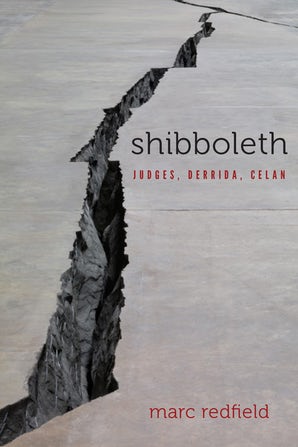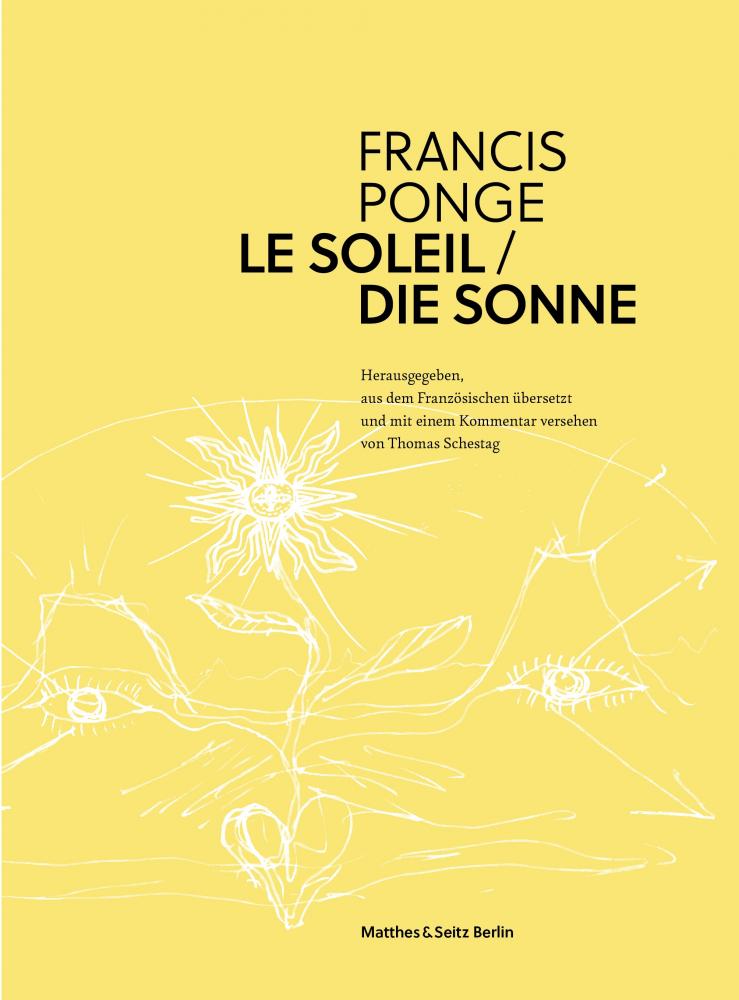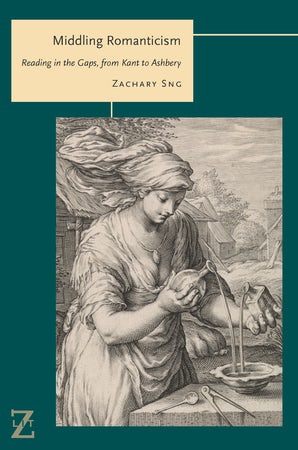Faculty Publications from Marc Redfield, Thomas Schestag, and Zachary Sng
 |
Marc Redfield, Shibboleth: Judges, Derrida, Celan Working from the Bible to contemporary art, Shibboleth surveys the linguistic performances behind the politics of border crossings and the policing of identities. In the context of an unending refugee crisis and a general displacement, monitoring and quarantining of populations within a global regime of technics, Paul Celan’s subtle yet fierce reorientation of shibboleth merits scrupulous reading. This book interprets the episode in Judges together with Celan’s poems and Jacques Derrida’s reading of them, as well as passages from William Faulkner’s Absalom! Absalom! and Doris Salcedo’s 2007 installation Shibboleth at the Tate Modern. Redfield pursues the track of shibboleth: a word to which no language can properly lay claim—a word that is both less and more than a word, that signifies both the epitome and the ruin of border control technology, and that thus, despite its violent role in the Biblical story, offers a locus of poetico-political affirmation. |
 |
Francis Ponge, Die Sonne/Le Soleil, ed. and trans. Thomas Schestag The French poet and essayist Francis Ponge (1899-1988) wrote in 1949 that the sun is “the formal and indispensable condition of (our) existence,” of life and death (on earth). He believed, however, that the word did not simply designate a phenomenon among others but named the very source of phenomenality. As an exploration of Ponge’s sweeping literary imagination, Schestag’s volume contains a critical and integral facsimile-edition of the collected 225 manuscript pages and typescripts of “Le soleil,” along with transcriptions, translations, and philological commentary. |
 |
Zachary Sng, Middling Romanticism: Reading in the Gaps from Kant Romanticism is often understood as an age of extremes, yet it also marks the birth of the modern medium in all senses of the word. Engaging with key texts of the romantic period, the book outlines a wide-reaching project to re-imagine the middle as a constitutive principle. Sng argues that Romanticism dislodges such terms as medium, moderation, and mediation from serving as mere self-evident tools that conduct from one pole to another. Instead, they offer a dwelling in and with the middle: an attention to intervals, interstices, and gaps that make these terms central to modern understandings of relation. |